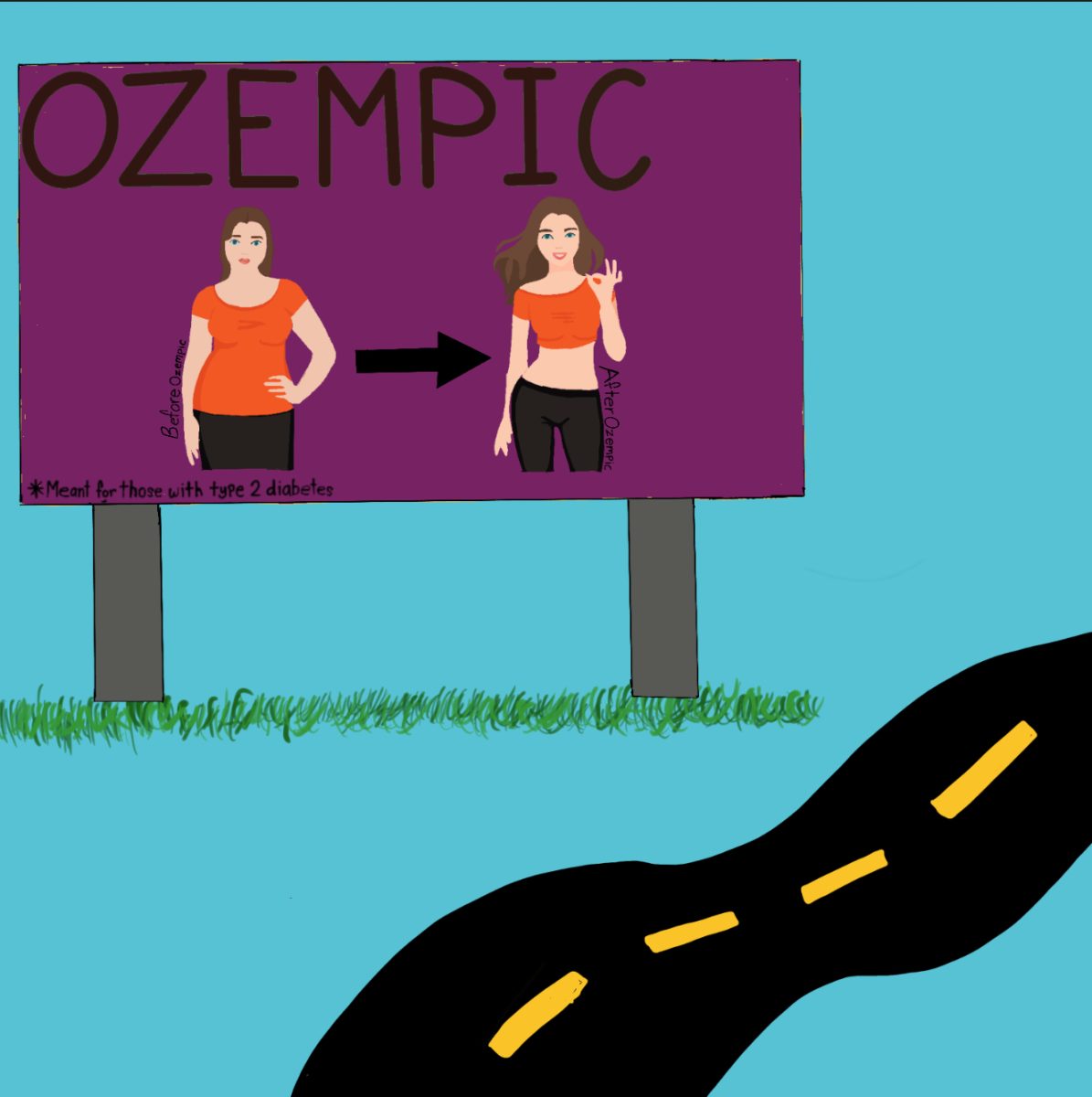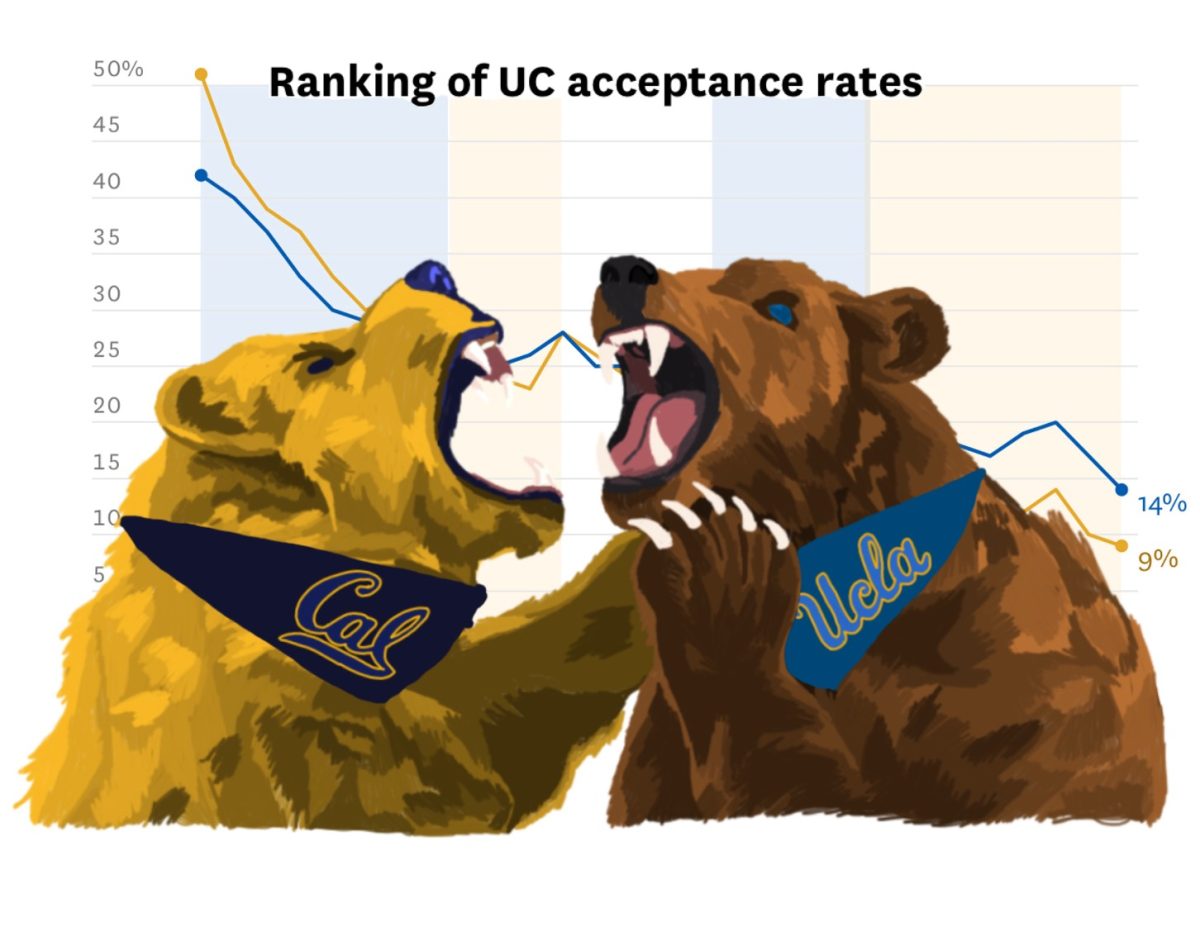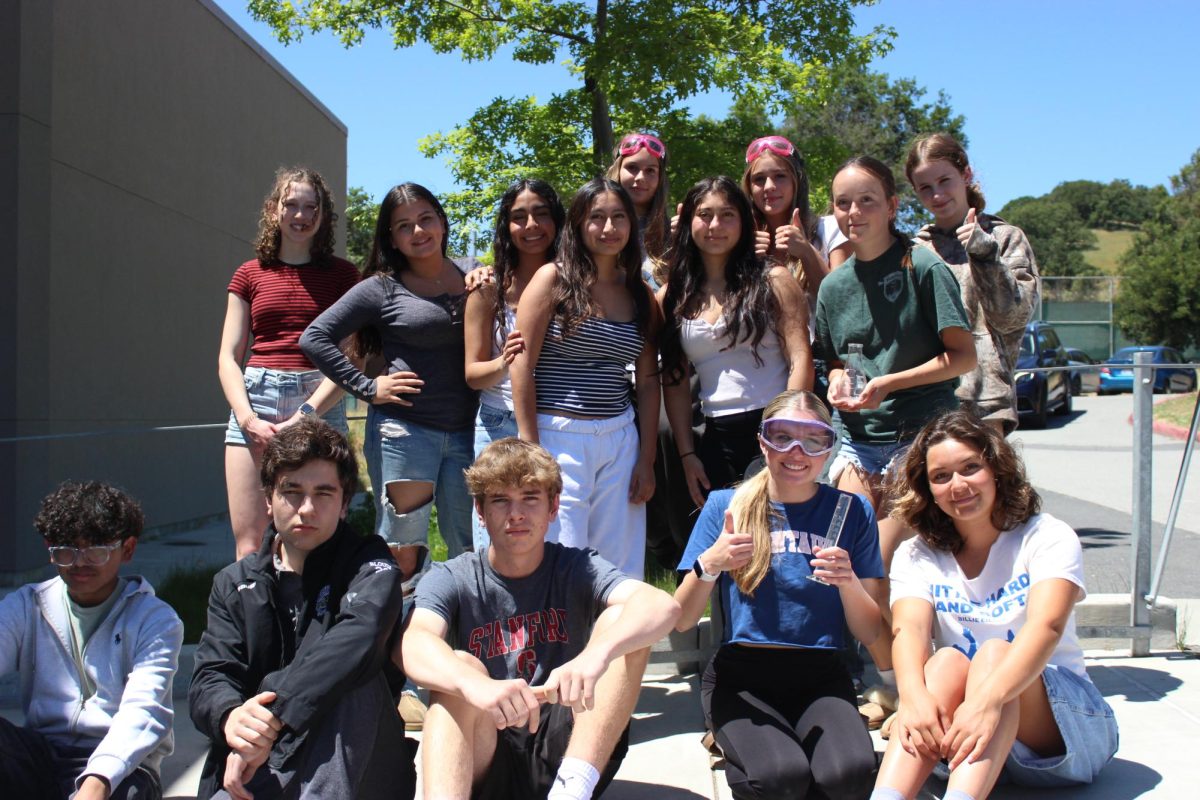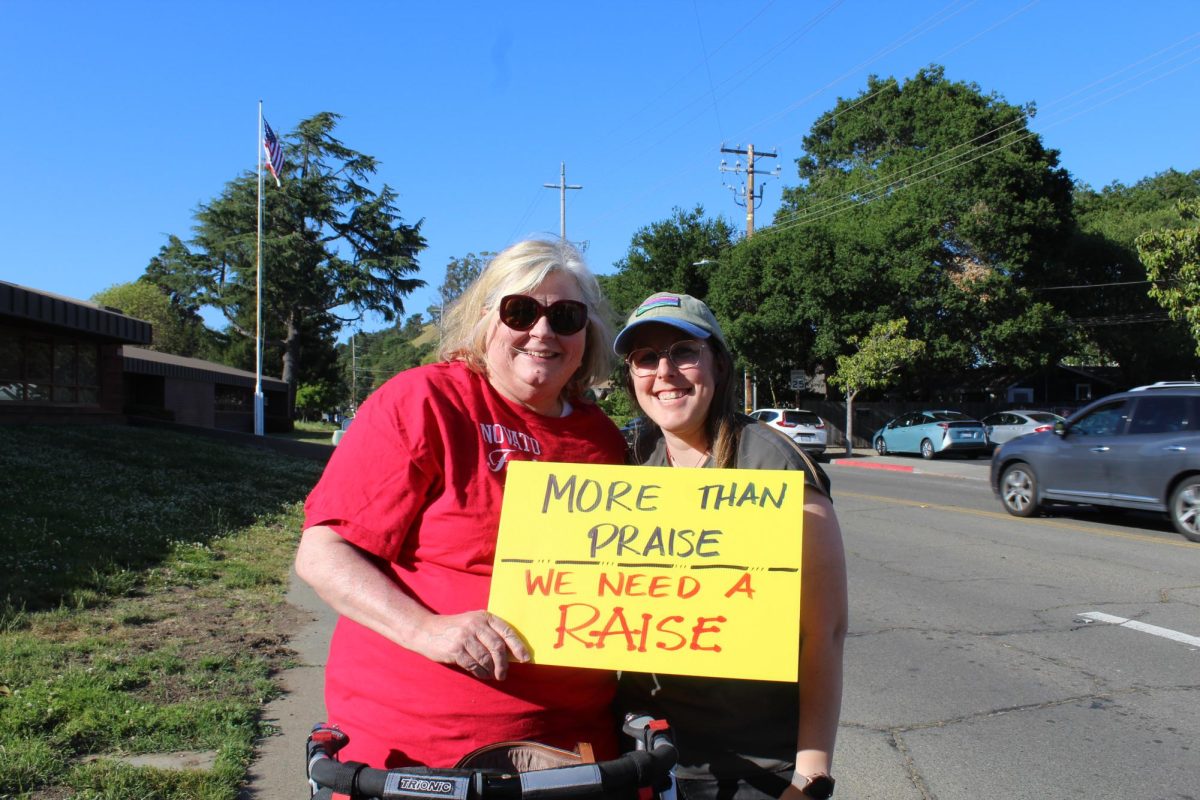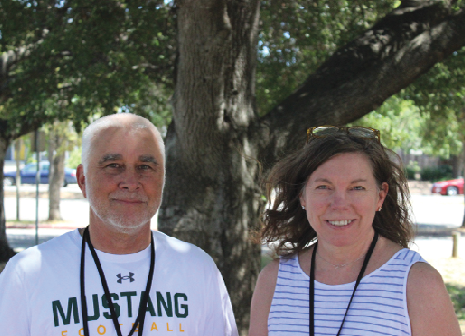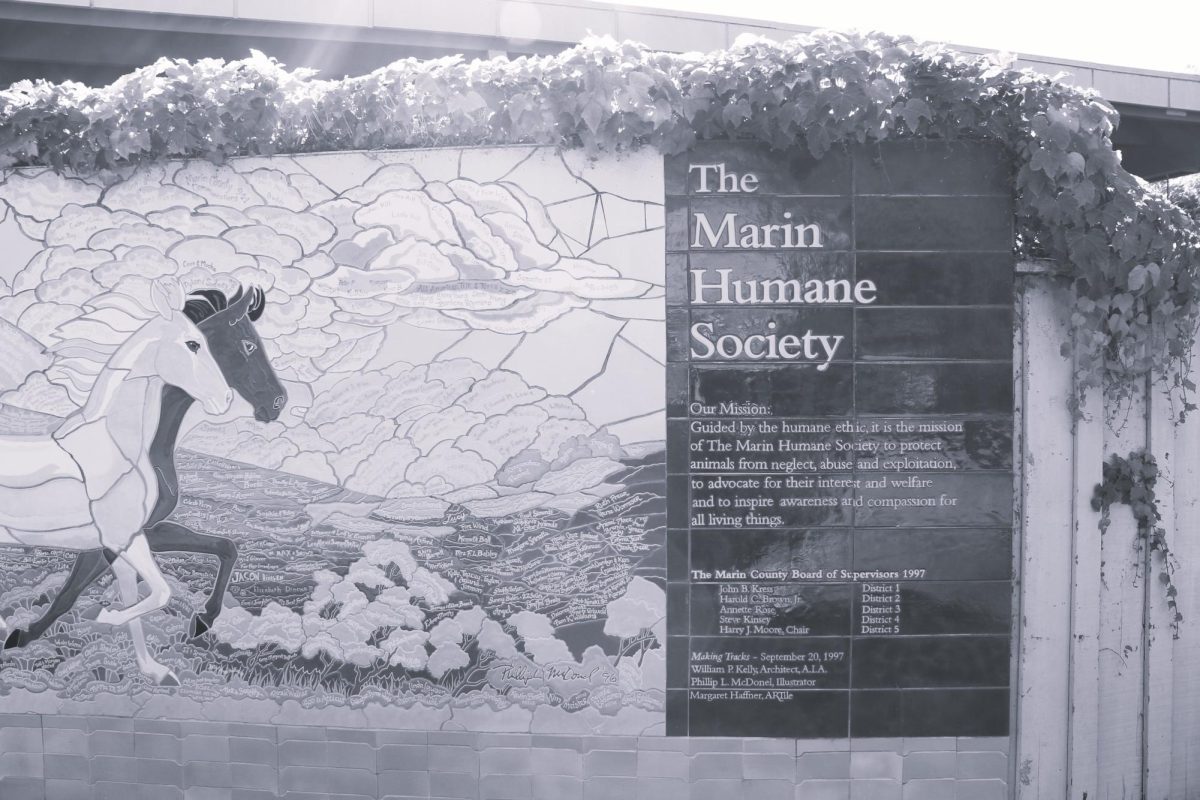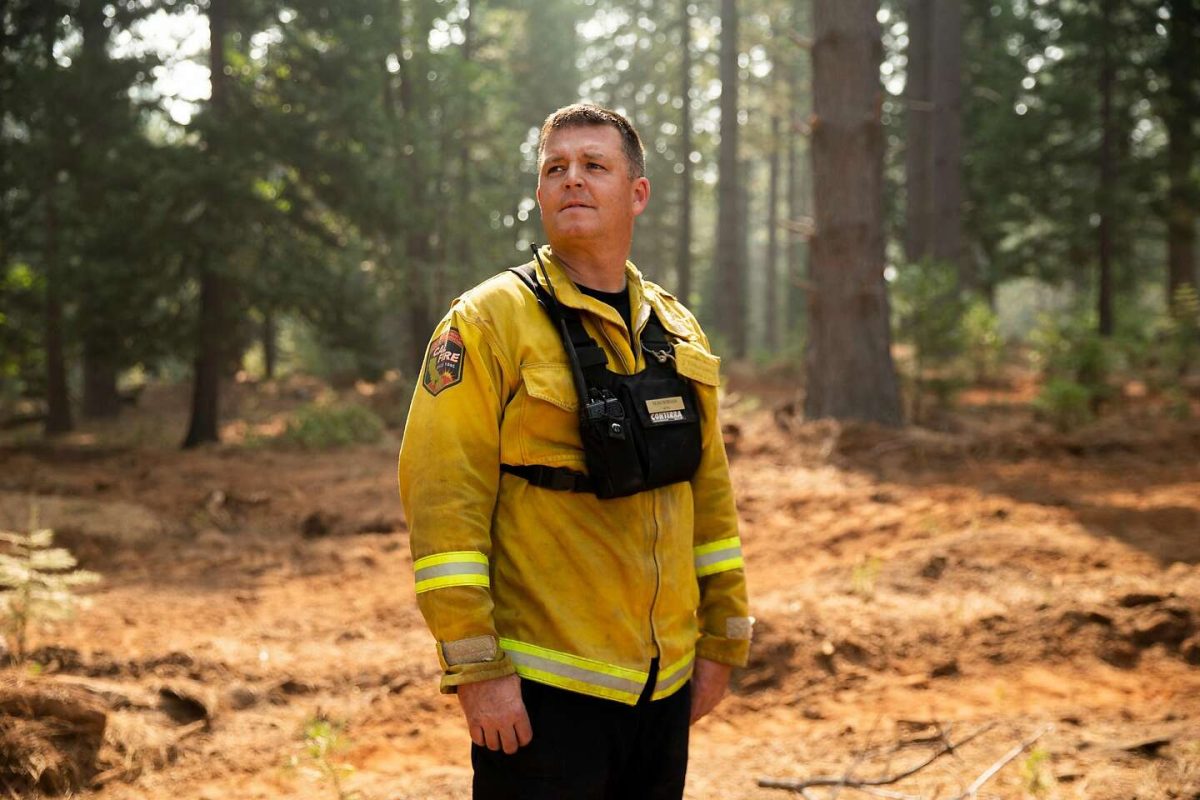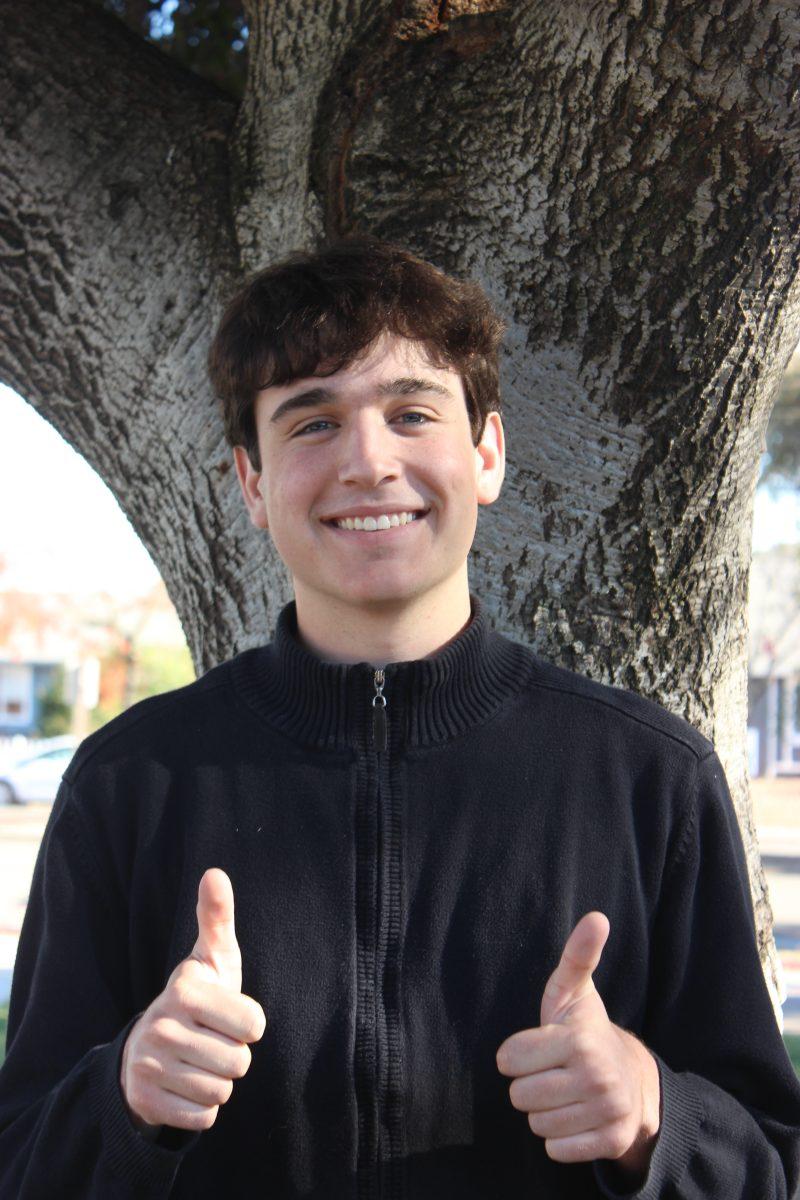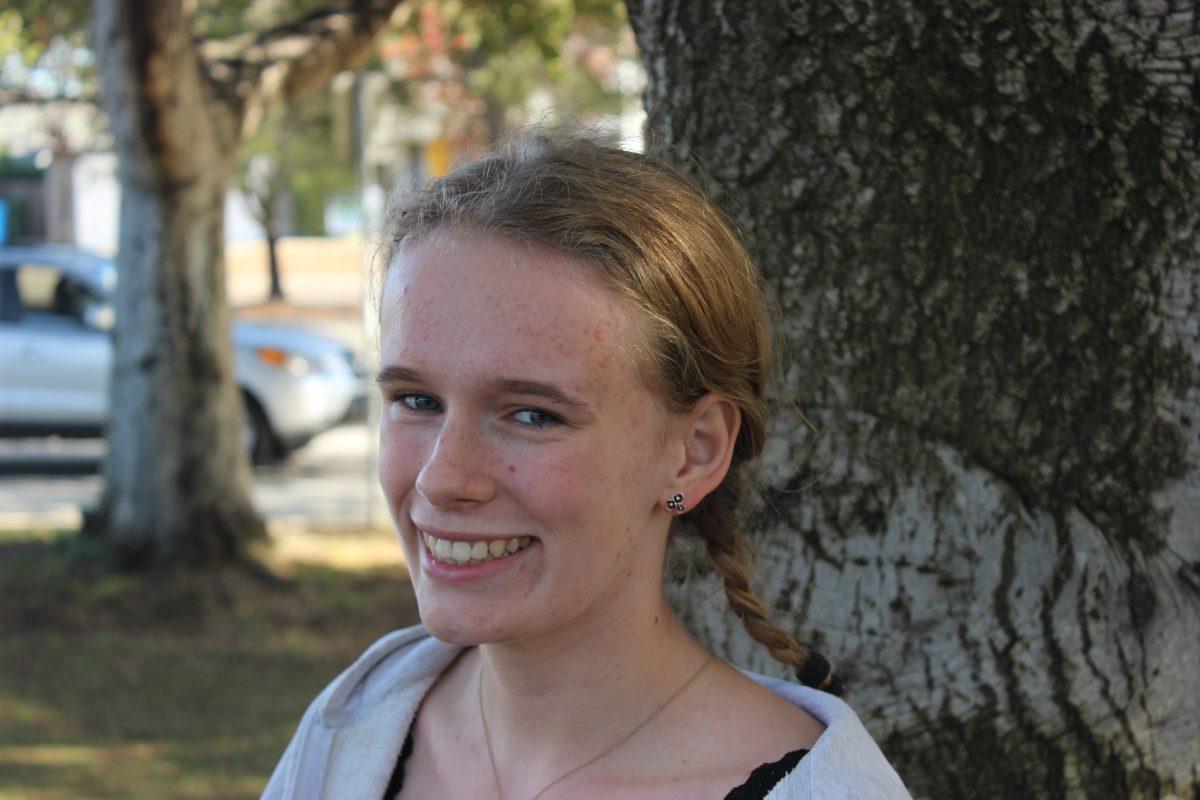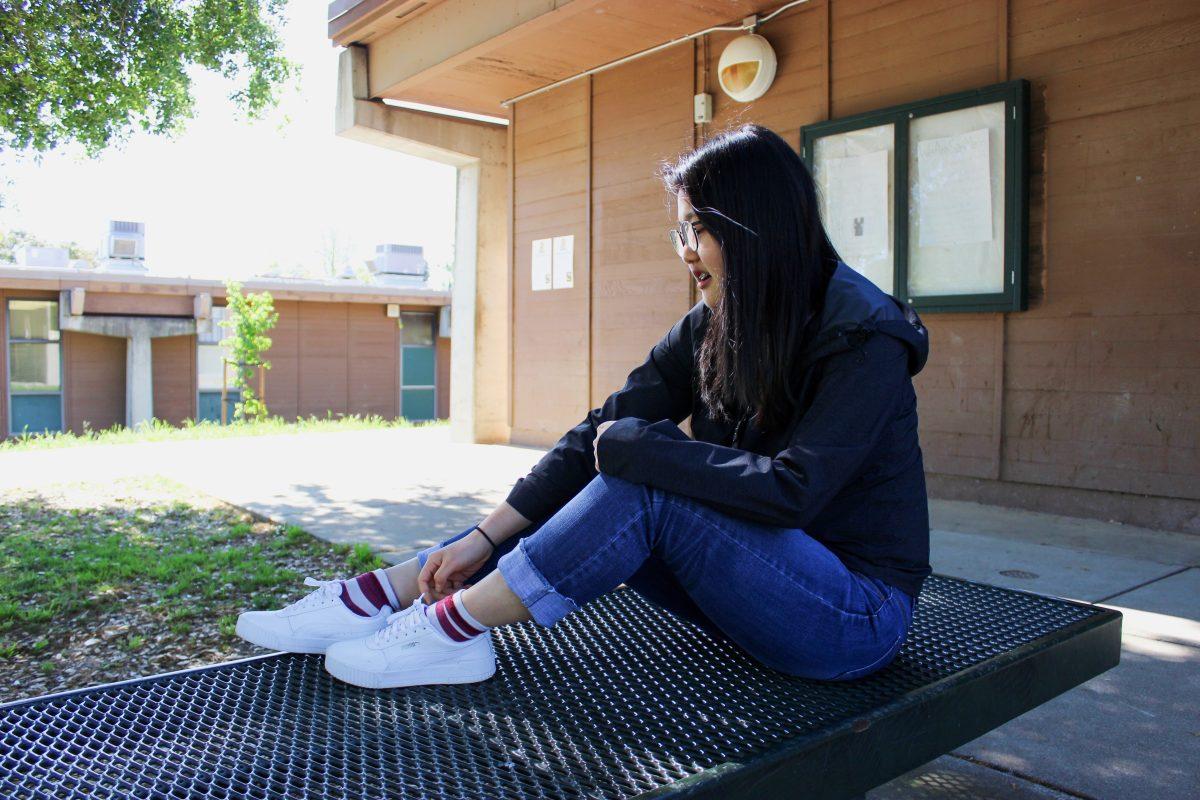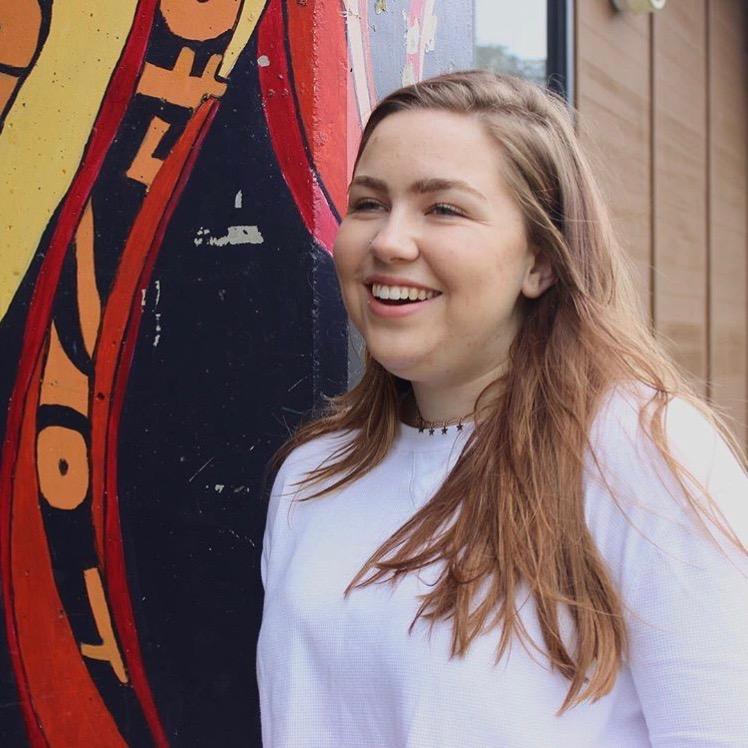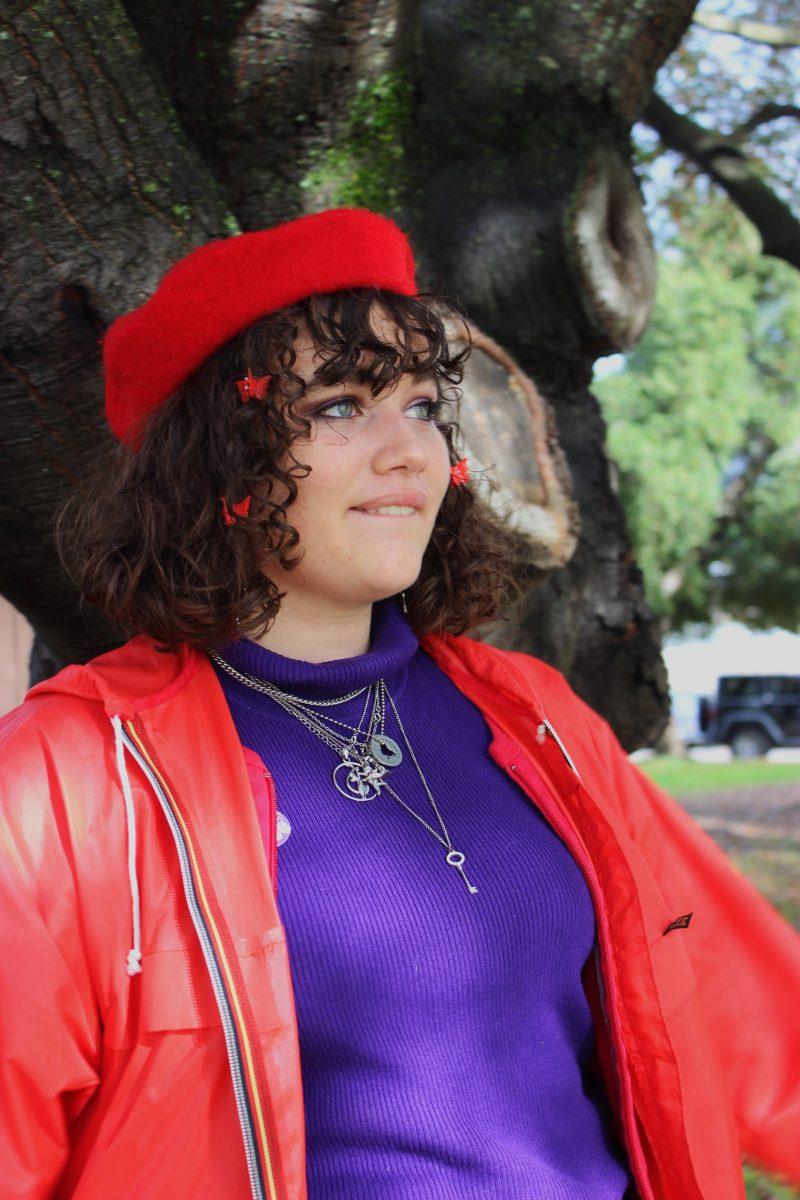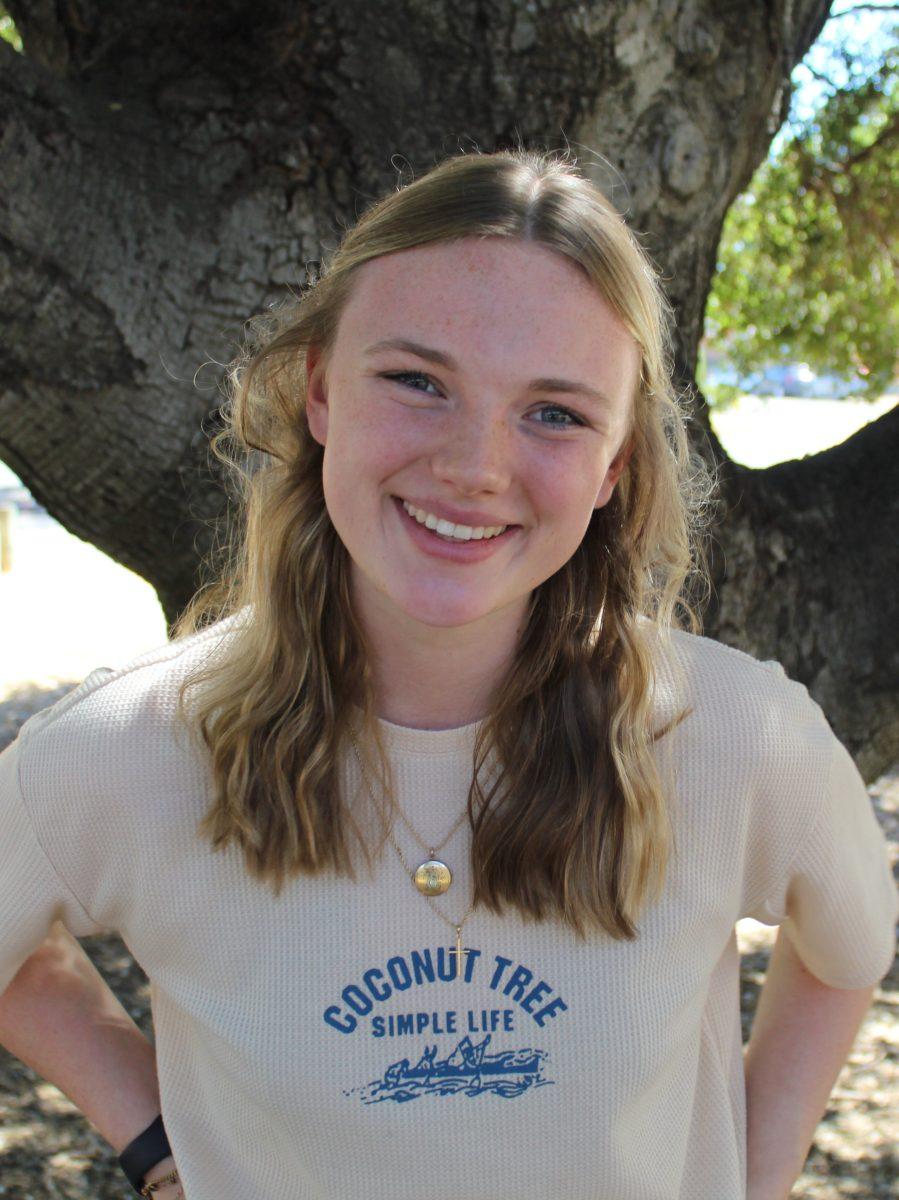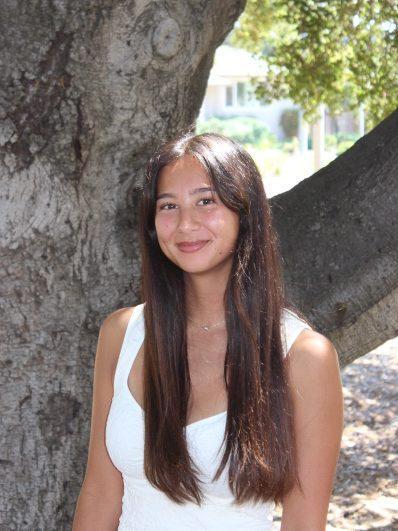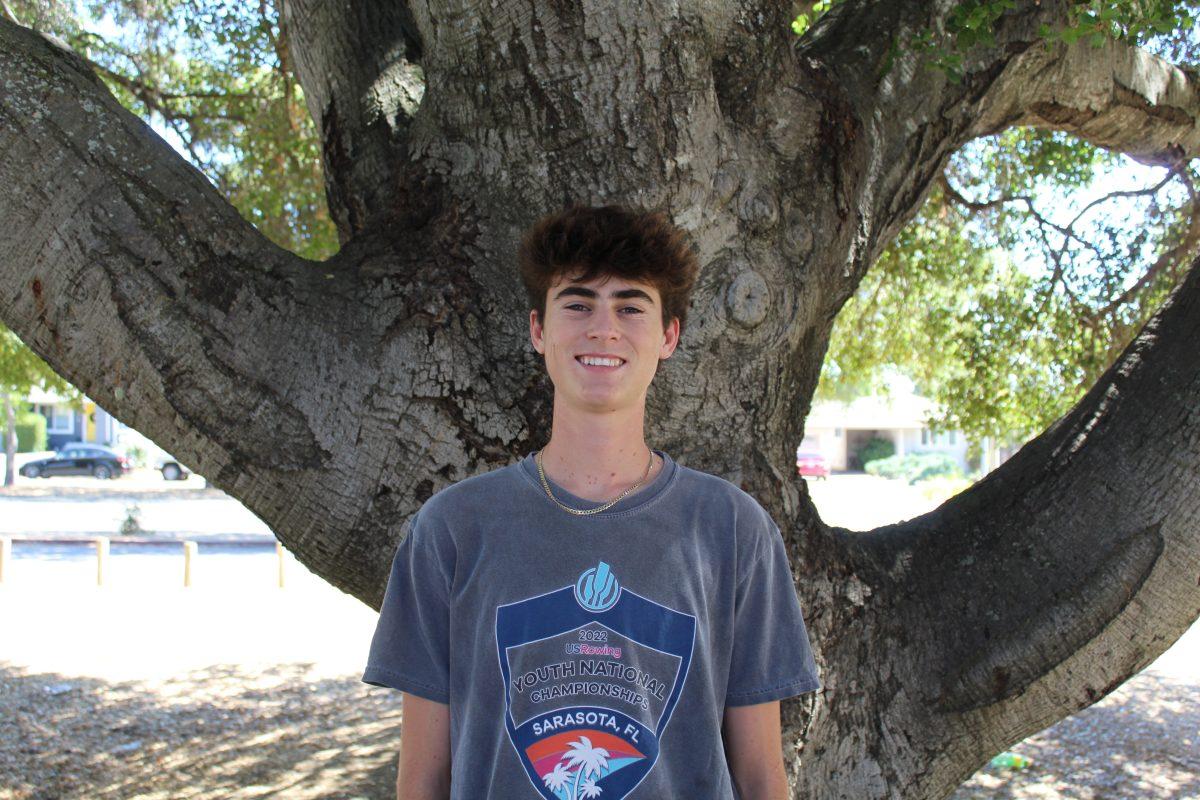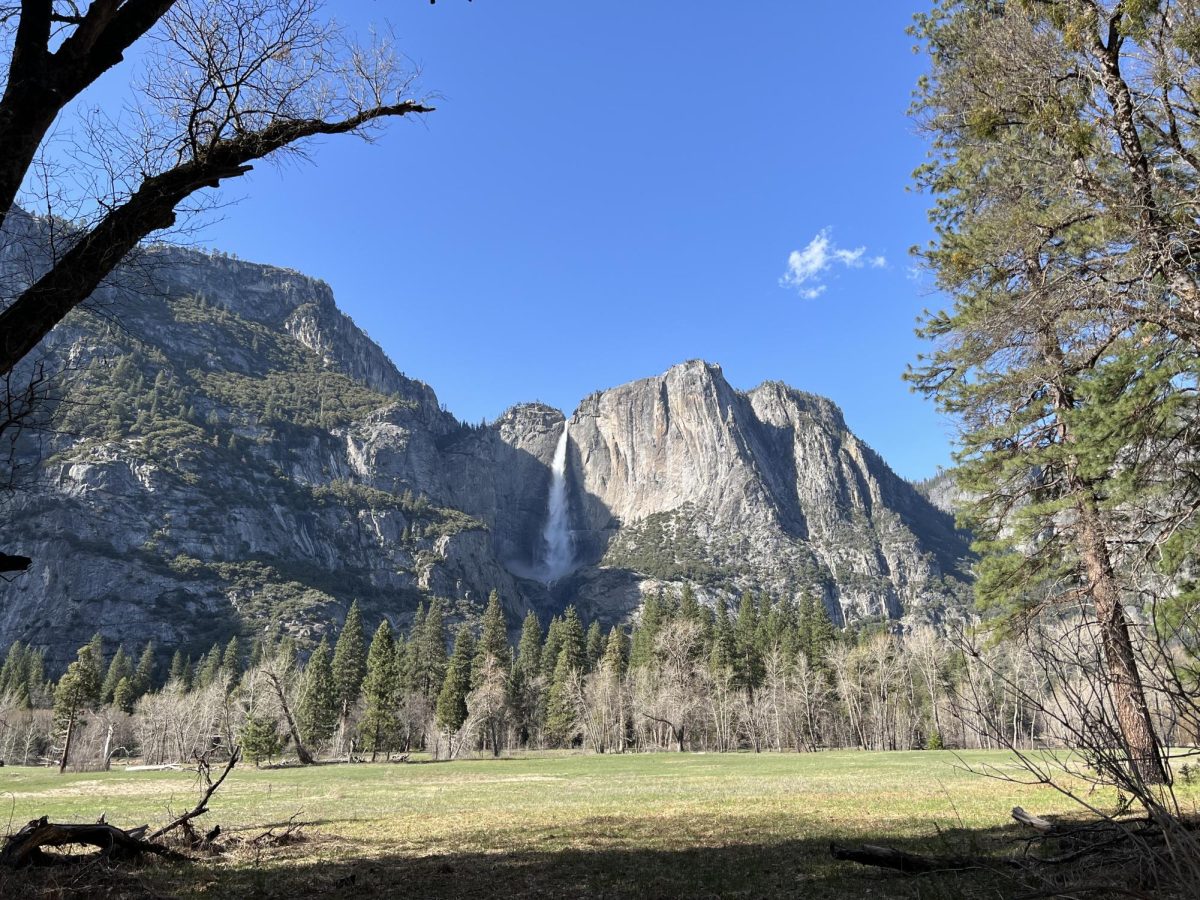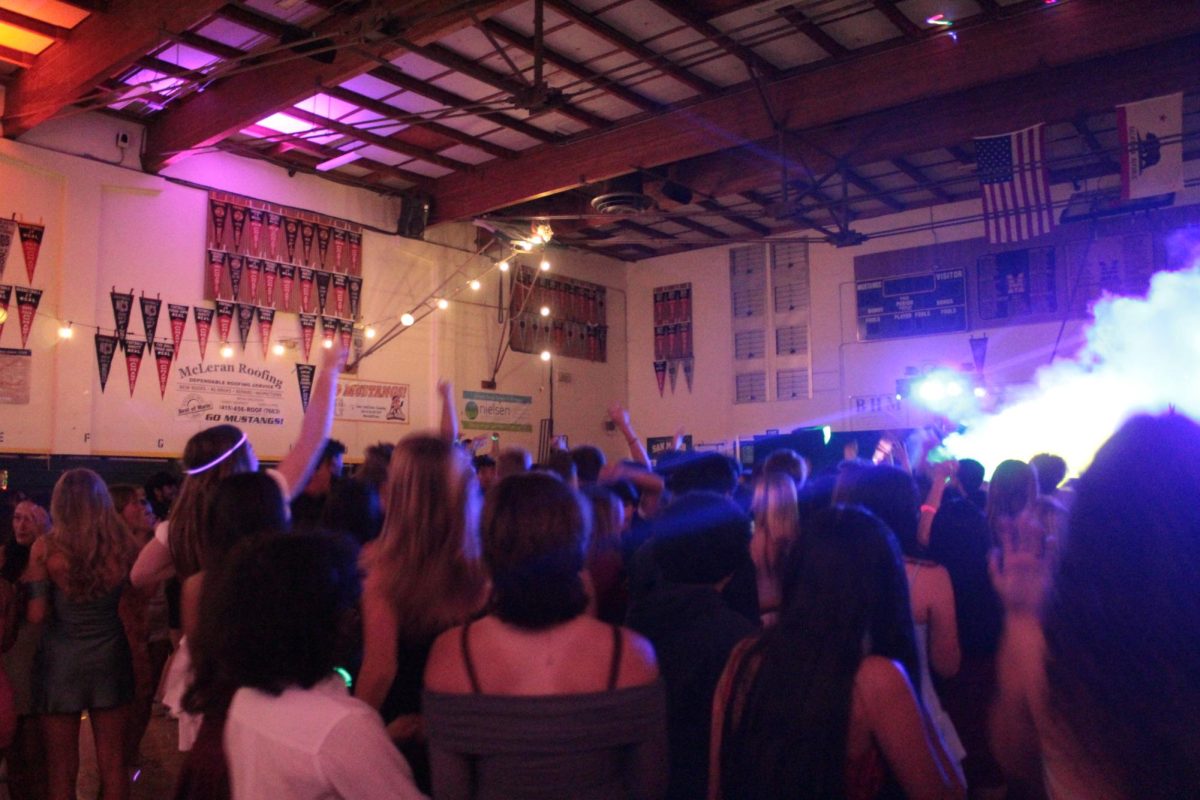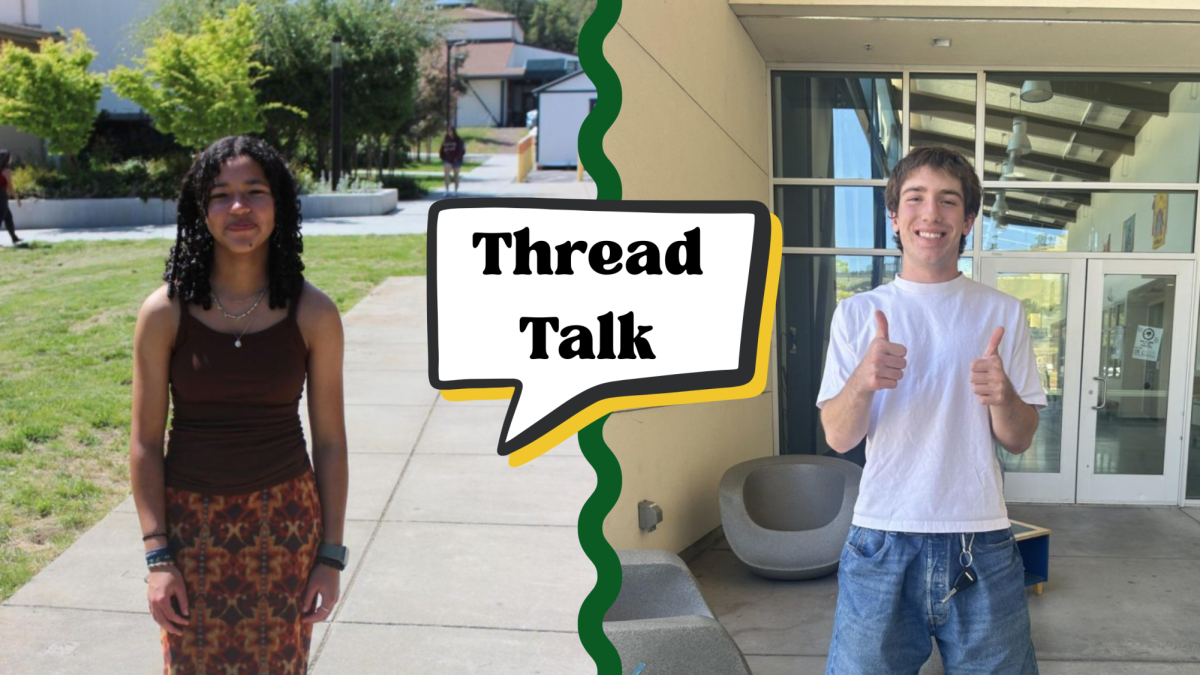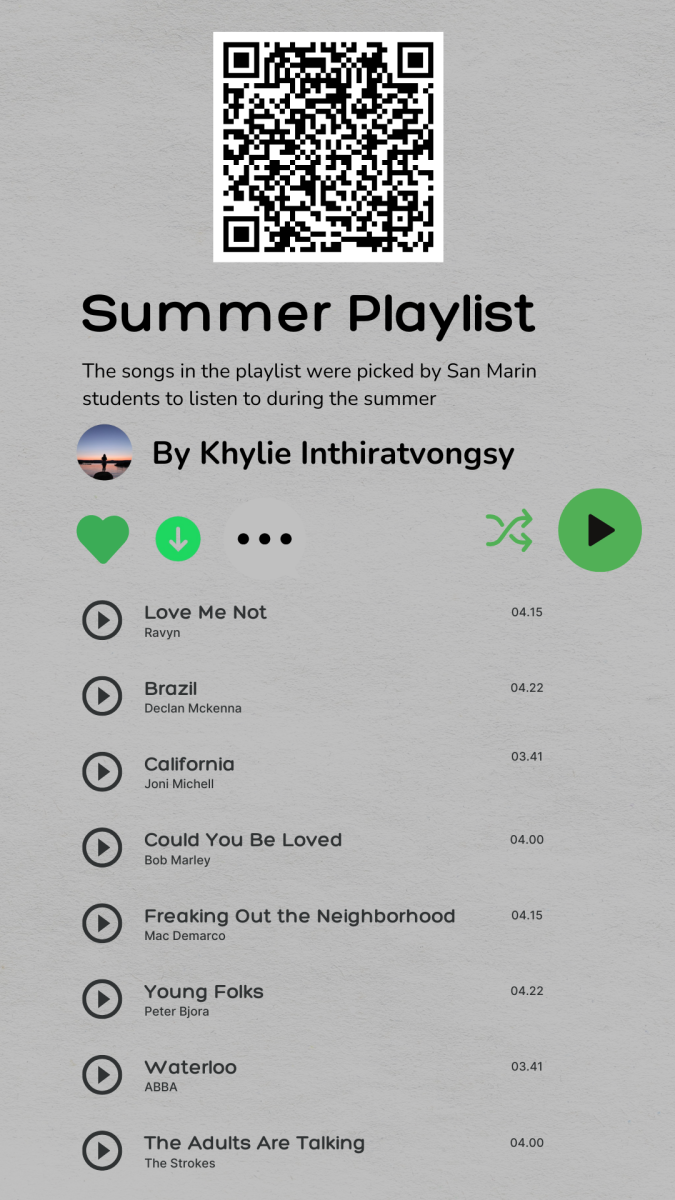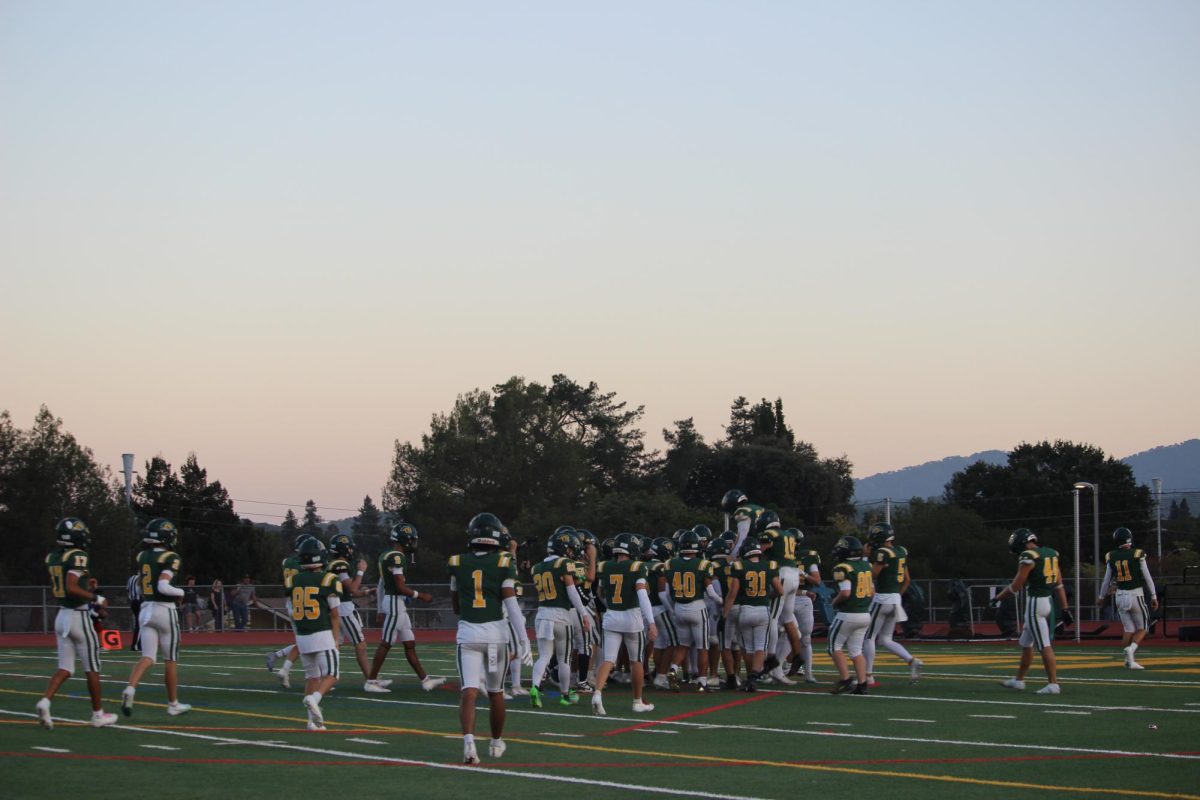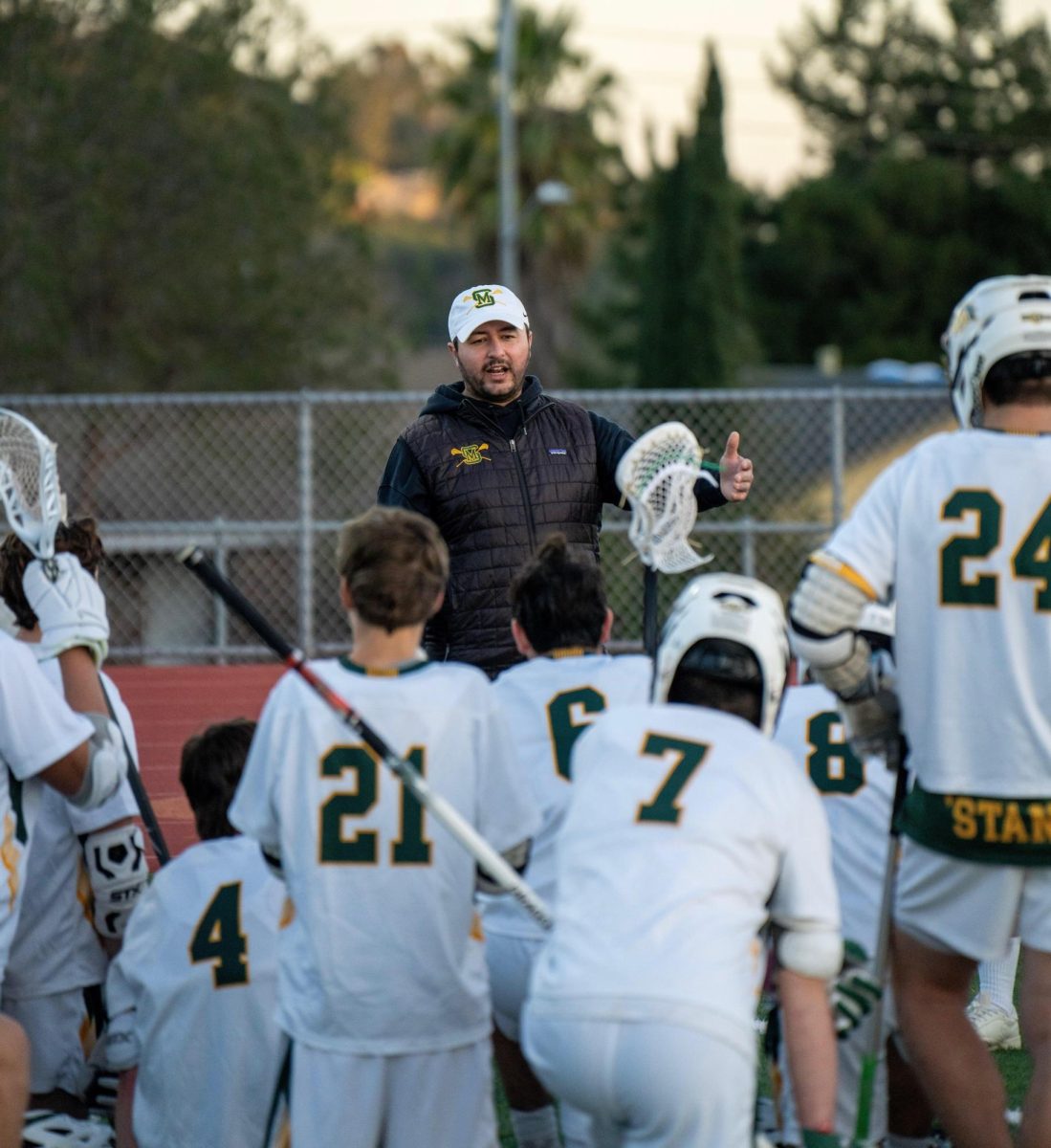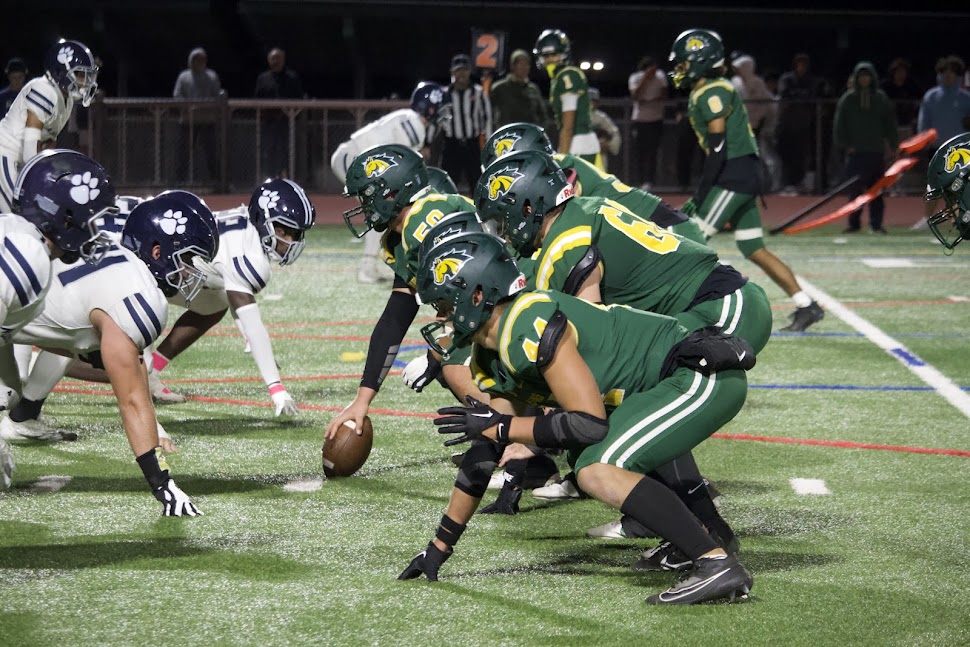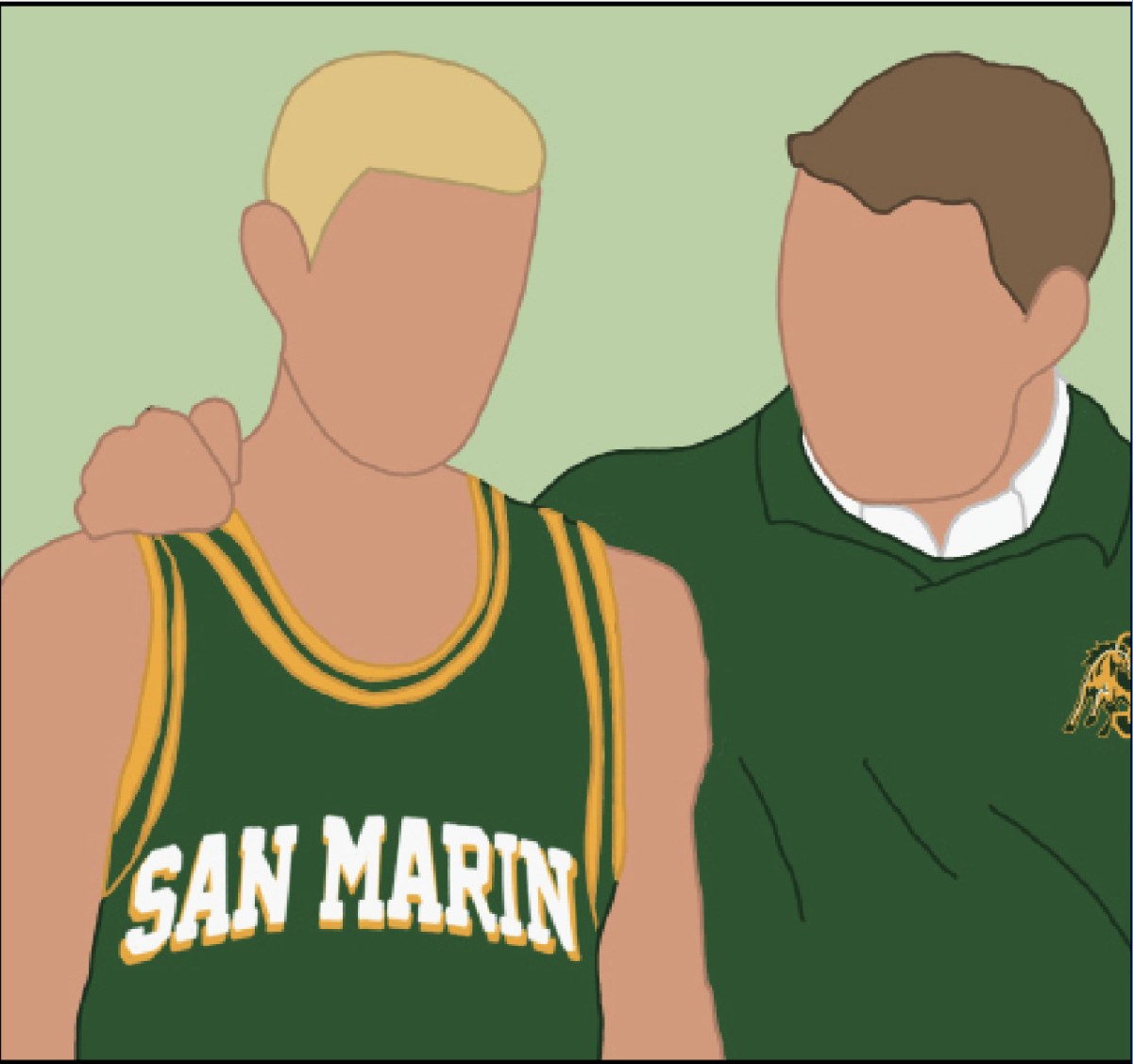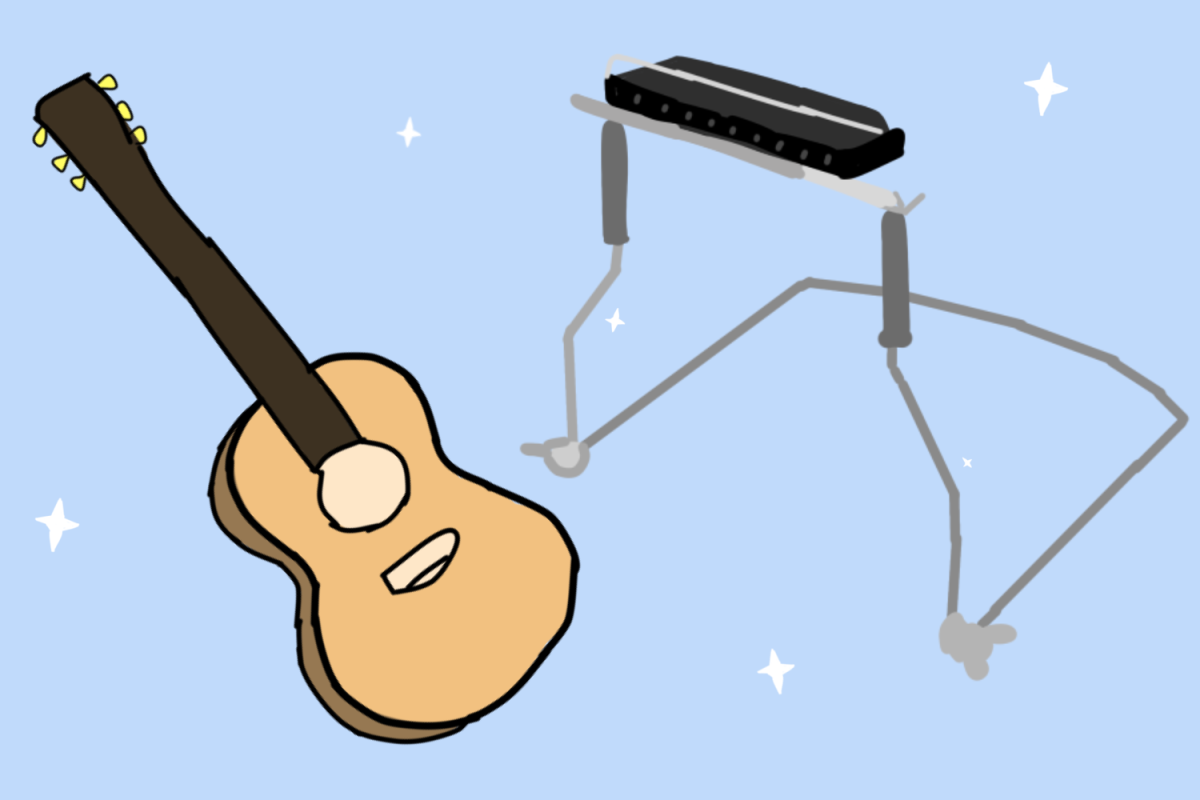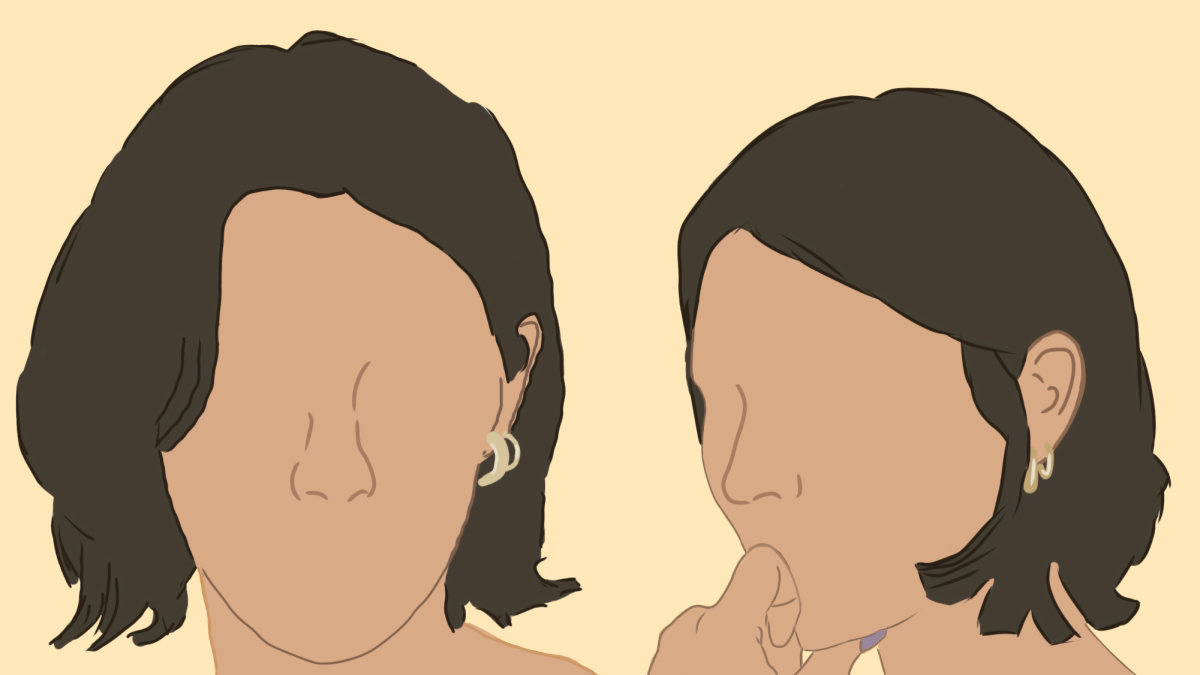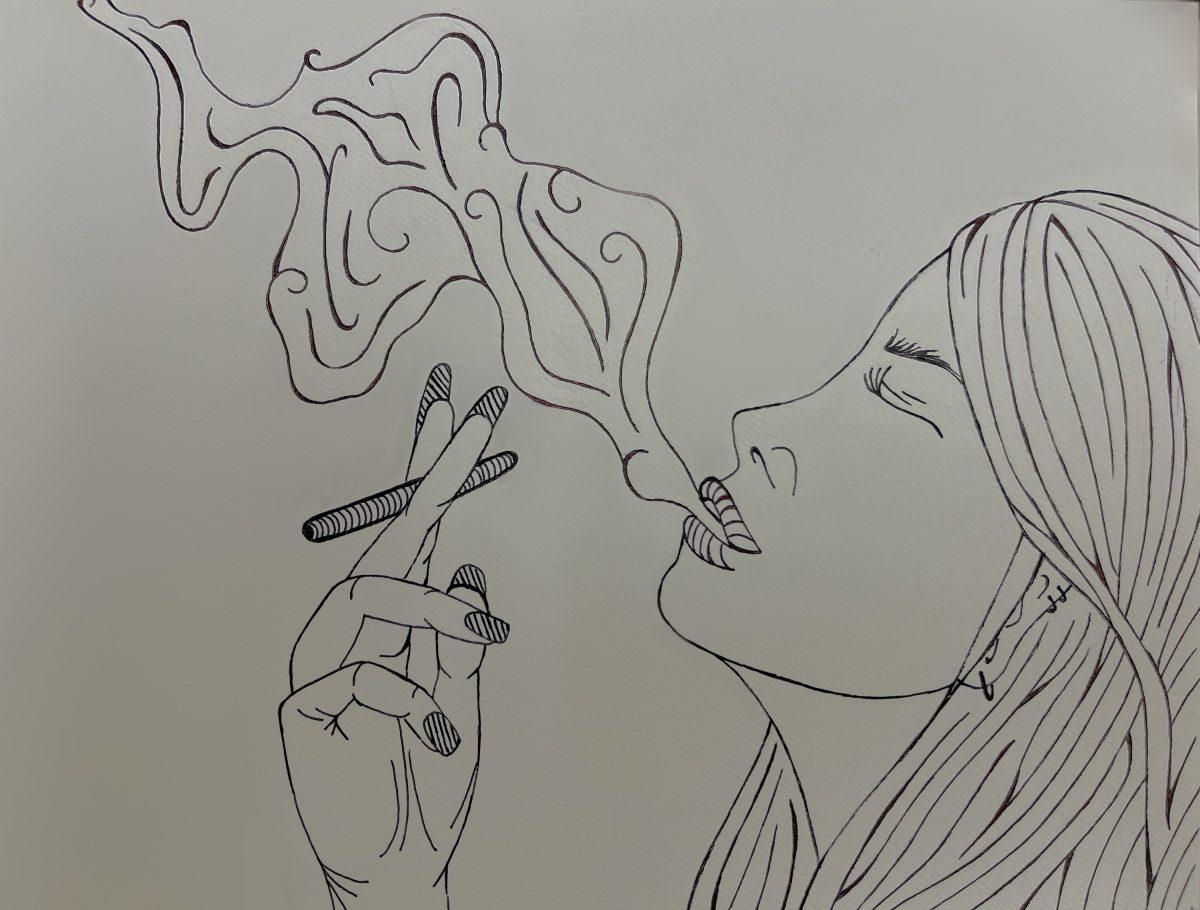by Daria Hoang, EIC ’17
When the Class of 2017 walks the stage in June, 45 students will also don a gold cord to celebrate their status as STEM’s first graduating class. In 2012, these students entered the then brand-new program, and have spent the last four years in a project-based, science- and math-oriented environment. At the time, San Marin was under probationary status by the Western Association of Schools and Colleges (WASC), but has since received accreditation and been selected as a Gold Ribbon high school. The STEM program, as well as the smARTt program, were instrumental in achieving this distinction.
The first of its kind at San Marin, the STEM program aims to engage students in a hands-on environment. Science department chair and STEM freshman physics teacher Nick Williams said of the program: “Our students are doing great work and are leaving San Marin with many excellent options.”
1. STEM seniors discuss being inaugural class, project-based learning
The STEM program’s founding doctrine lies in its commitment to project-based learning.
Several STEM students, like senior Archer Leida, have enjoyed PBL. “It taught me how to learn—not just how to memorize facts,” said Leida. “For me, that was really valuable: learning how to learn.”
Others praised STEM’s independent project. Several seniors are participants in building an airplane, a joint project with Gnoss Field which will take several years in order to complete; other shorter-term senior projects include designing apps and websites, and building guitars, among others. Senior Zach Roesler, who is building a motorcycle, said, “[Senior year] has been interesting for me…I was able to work on something I actually liked.”
Senior Engineering teacher Lori Moritz echoed the sentiment, saying, “[STEM] allows self-motivated students the freedom to explore what they are interested in and think outside of the box.”
At the same time, many seniors have expressed frustration with being the first class to run through the program. “We were the guinea pigs,” admitted senior Peter Hunt. “Sometimes that worked, but most times that really did not work out for us. There was a lack of experience so people didn’t understand how things were supposed to work. We probably wasted a bunch of time just trying to figure out the logistics of things.”
Seniors, like Poh Maga, reported mixed feelings. Maga said, “I think it’s done more good than harm, although there’s definitely a lot more room for improvement. Since we were the inaugural class, there were a lot of issues, like poor quality of teachers, oversight of curriculum, and general inconsistencies throughout the program.”
Senior Matt Iacovelli said that, while he felt that STEM provided him with “different skills…and a general feel for the sciences,” allowing him to figure out what he wanted to do as a career, he felt that STEM lacked academic teaching.
“We learned less concrete material,” said Iacovelli. “They were so busy teaching us hands-on things, trying to get us to do all these projects, that we weren’t able to cover—or even just touch base on—a lot of different topics.” That being said, Iacovelli acknowledged that, as STEM’s first graduating class, there was bound to be some “fumbling around.”
Senior Sarah Helmueller said that, in her junior Chemistry class, projects detracted from the learning experience. “What I expected from STEM Chemistry was for it to be challenging, or to give me a new perspective on the subject through PBL. I wasn’t so frustrated with not learning all the material because it wasn’t a priority for me, unlike some other students, because I’d already taken Chemistry at my previous school in Singapore. However, I noticed that even the general concepts of Chemistry were rushed and not fully explored, and there was definitely room for improvement within the projects.”
2. STEM teachers talk about project-based learning
In response to students’ concerns with the trade-off between PBL and direct instruction, Williams responded, “I disagree with the premise that PBL reduces the ability to cover topics in-depth. I think that comes from a misperception that the only way to learn things is to have someone directly tell you the information. When I look at the work that students are doing, they’re going into great depth in complex subjects and then using that knowledge to apply their learning in practical ways.”
Moritz noted that “nothing is perfect, and things can always approach closer to perfection.”
Of the student dissatisfaction with lack of learning content in the projects, Moritz said, “If this is happening, then projects should be tweaked to incorporate more skill development. Research indicates that skill development is best done through direct instruction and coaching…[but] it’s a tricky balance…The projects still need to be refined in terms of blending content and standards with the project implementation. This is currently being worked on, and will probably always need to be adjusted.”
III. STEM a ‘work in progress’; teachers acknowledge their own frustrations
STEM teachers in the program have improved the program year by year, although they still run into frustrations of their own. Moritz claimed that STEM, while successful, was still a work in progress. “If I could draw a perfect vision of the program, I would have a predictable budget to work with and I could fashion my courses better…I was always left scrambling for funds, buying materials out of pocket, or asking students to bring materials. This is not ideal,” she said. Moritz went on to add that, in general, STEM faced lack of funding, materials, tools, and space.
Vogl acknowledged that there was room to grow and brought up lack of collaboration time with teachers. “You can have a great plan on paper and when you add students to the mix, everything changes,” said Vogl.
Williams cited areas for improvement in STEM’s staff. “Currently STEM Marin is understaffed from an organizational and logistical standpoint,” said Williams. While Novato’s Marin School of the Arts (MSA) program has its own Director, Assistant Principal, and Office Manager, for example, San Marin has none. Instead, “all of the organization is done through teachers’ volunteer efforts and administrators taking on additional responsibilities,” said Williams. His concern is that, in burdening a small group with so many extra tasks, San Marin is “at risk of burning [teachers and administrators] out…especially with Mr. Littlefield, who was the starting force for the program, leaving the program.”
4. STEM envisions more inclusive future, engagement of low-income and minority students
One of STEM’s top goals is to have the program reflect Novato’s demographics, in terms of gender, ethnicity, and socioeconomic standing alike.
“We’ve waffled back and forth in hitting that goal for gender,” said Williams.
In its first year of operation, STEM was 60% male and 40% female; the two years following saw entering classes that were 50% male and 50% female. But after the introduction of the Biotechnology Academy, the second academy to join the STEM Marin umbrella, STEM’s fourth incoming class was 75% male (and Biotech’s 80% female).
“Opening up a second option for students had the unintended consequence of leading to more gender segregation, and so this year…we tried to ensure that it was gender-balanced again,” said Williams.
He admitted that, while STEM has not hit their ideal goal in terms of ethnic and socioeconomic breakdown, the program is actively trying to encourage more low-income and minority students to apply to the program.
“We’re in an increasingly global world,” said Assistant Principal Leslie Norinsky. “Part of education isn’t just the classroom material. Part of a well-rounded education is making sure that students are exposed to diversity, to different perspectives, because that’s what happens in the real world. One of STEM’s most important aspects is the community. These kids are together for four years, so diversity is so great.”
5. Student commitment, engagement in STEM
Teachers in the STEM program have encountered problems with keeping some students engaged, motivated— and even respectful.
As STEM Biology/Biotechnology teacher Dr. Lafevre-Bernt put it, “The reality of [STEM’s] rigorous preparation as the courses progress is often more than the students want to handle. I notice that as sophomores, juniors, and seniors, some students (not the majority, but a significant number) don’t want to work as hard as they need to in order to be as successful as they can in the program.”
Moritz credited several students to being “amazing…striving for great things because they were motivated.” On the other hand, she noted that other students attempted to do as little as possible, but would complain if they weren’t handed an A.
“Many students lack consideration for their peers and continually disrupt class, apparently feeling like they are entitled to do so,” said Moritz. While this is a problem present in all circles of education, and not just in the STEM program, teachers noted that STEM students must fill out an application and be accepted to the program. A rigorous curriculum is mentioned in that process, so all students enrolling should be up for the challenge.
“I can understand why teachers are frustrated,” said senior Ananya Somasekar. “If you sign up for a program that calls for rigorous work, you have to be willing to put in that work. It should go without saying.”
As a whole, though, STEM has seen several students move on to college majoring in science or math. Vogl said she’s proud to be a part of a program that “puts San Marin High School on the map, having students that want to be challenged in their education, small cohort learning communities.”

